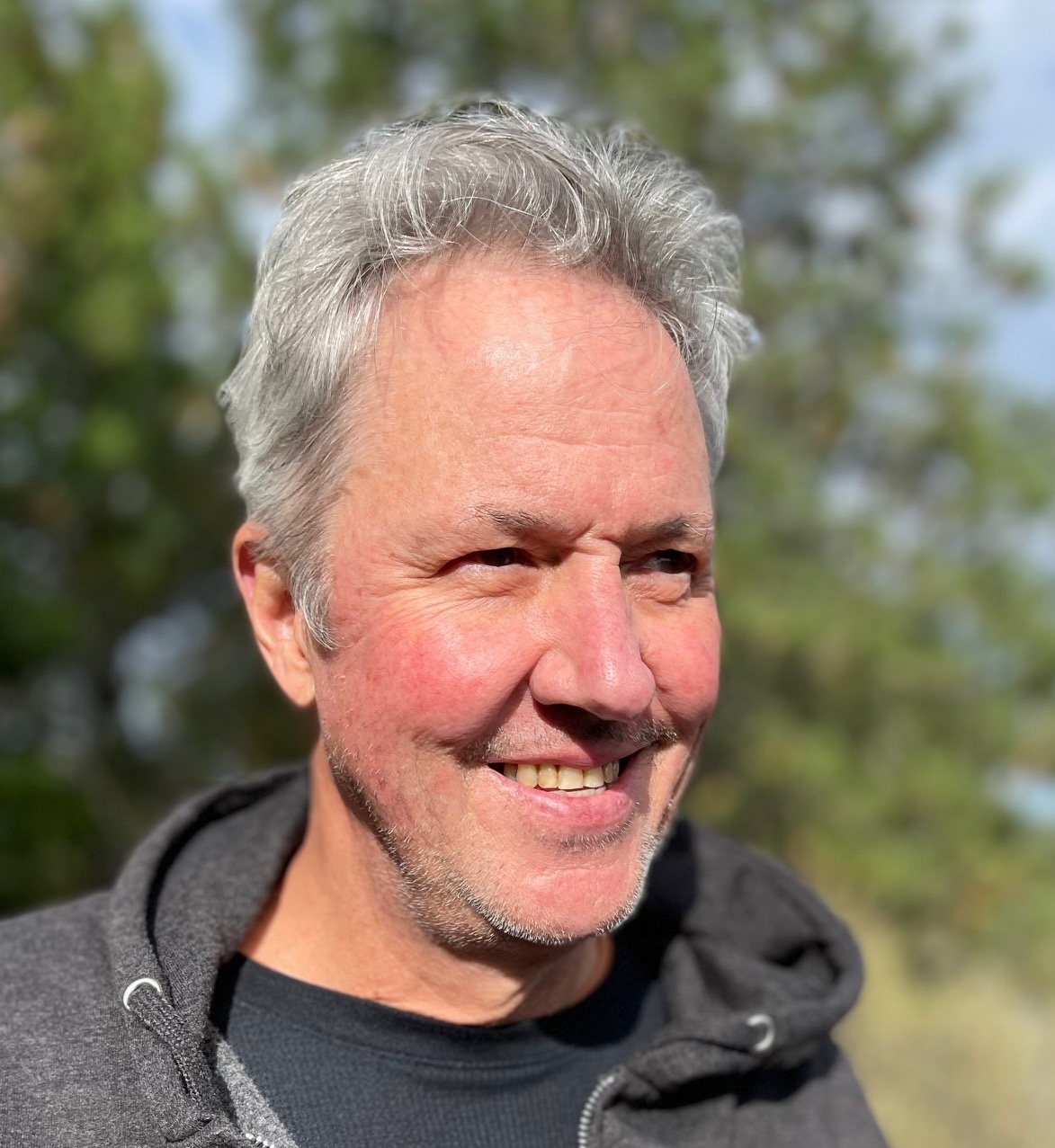Canadian Rockies Daily Snow

By Bob Ambrose, Forecaster Posted 2 months ago May 6, 2025
Final Post of the 2024-2025 Season
Summary
With Lake Louise and Marmot Basin closing this past weekend, and Sunshine Village in good shape to make it to Slush Cup on May 19, Alberta’s 6-month-long, 24/25 ski season is nearing its end. In this closing post, I’ll give a chronological overview of the season’s snowfall, highlight a few deep cycles, and showcase lots of powdery images from an overall variable ski season that ended with a bang.
Update

To read the rest of this Daily Snow, unlimited others, and enjoy 15+ other features, upgrade to an OpenSnow subscription.
Create Free Account No credit card required
Already have an account?
Log In
Upgrade to an OpenSnow subscription and receive exclusive benefits:
- View 10-Day Forecasts
- Read Local Analysis
- View 3D Maps
- Get Forecast Anywhere
- Receive Snow Alerts
- My Location Forecast
- Add iOS Widgets
- Climate Change Commitment
- Upgrade to an OpenSnow Subscription
About Our Forecaster




